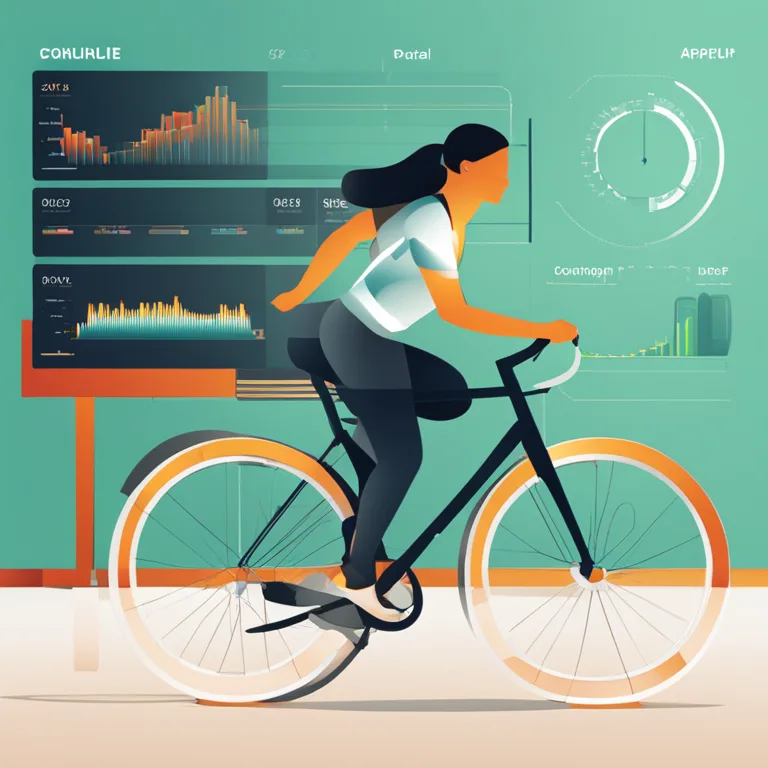
The Rhythms That Drive Us: Biological Behavior Patterns
Uncovering the influence of biological rhythms on human behavior and how these natural cycles affect our daily lives.
article by Adrian Wallace
Introduction to Biorhythms
The concept of biorhythms suggests that our daily lives are significantly influenced by innate biological cycles. These invisible rhythms govern everything from our physical state to our emotions and intellectual capacities. The study of biorhythms, also known as chronobiology, deals with the timing of biological processes and the effects on human behavior. By understanding these cycles, individuals can potentially optimize their activities and well-being according to their internal clocks.

The Three Primary Cycles
Three primary biorhythms have been identified: the physical, emotional, and intellectual cycles. The physical cycle revolves around a period of 23 days and influences our strength, coordination, and well-being. The emotional cycle lasts 28 days and affects mood, creativity, and perception. The intellectual cycle, with a 33-day span, shapes thought processes, learning, and analytical abilities. An alignment or misalignment of these cycles can largely dictate how we feel and perform on any given day.

Adjusting to Biorhythm Shifts
With the advent of technology and the rise of wearables and health-monitoring devices, it is easier than ever for individuals in 2024 to track and analyze these cycles. Understanding when your energy levels are likely to peak or when you may need extra rest can lead to a harmonious life rhythm. The idea is not just to react to these cycles, but to anticipate them, plan activities accordingly, and use this knowledge to reduce stress and improve effectiveness.

Biorhythms in Daily Life
These cycles impact various aspects of life from productivity at work to personal relationships and physical exercise. For instance, at certain times in your physical cycle, you might find that you perform better in sports or demanding physical activities. Similarly, knowing the phases of your emotional and intellectual cycles can be crucial in scheduling events such as job interviews, exams, or important meetings when your intellectual prowess peaks.

Scientific Backing and Skepticism
Although the concept of biorhythms has numerous followers, the scientific community remains skeptical about its predictive power. Critics argue that the theory lacks empirical support and that human behavior is too complex to be boiled down to simple periodic cycles. Nonetheless, many people report subjective benefits from biorhythm-aware lifestyle adjustments, which underscores the need for further research and exploration into this field.
Adapting to a Modern Lifestyle
In our 24/7 society, the challenge is adapting these cycles to a world where we are not solely governed by natural light and darkness. Shift work, travel across time zones, and the hectic pace of modern life can disrupt our biorhythms, leading to what is often termed as 'social jetlag.' Prioritizing synchronization with natural biorhythms can combat these issues, aiding in sleep quality, mood stabilization, and overall health.
Conclusion and Practical Applications
Incorporating biorhythm analysis into daily routines could yield personal insights and enhance life quality. Further incorporation of biorhythm tracking in health and wellness apps promises to tailor our schedules, exercise routines, and even diet plans to our body's natural patterns. As technology advances, it may pave the way for a deeper understanding and wider acceptance of biorhythms in optimizing human behavior.
Published: 12/28/2023
Modified: 12/28/2023
More predictions
Come back here soon to learn more about yourself and your future


Unlocking Biorhythm Calculations
Learn the ins and outs of measuring your biorhythms to align with your natural energy cycles for enhanced well-being and decision-making.


The Concept of Biorhythm Compatibility
Discover the concept of biorhythm compatibility and its role in personal relationships in this comprehensive guide.


The Mechanics of Biorhythms: A Comprehensive Guide
Discover how biorhythms influence your daily life with this detailed guide to the rhythms that govern our physical, emotional, and intellectual states.